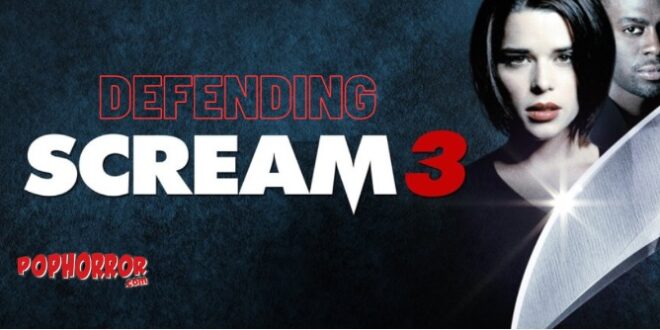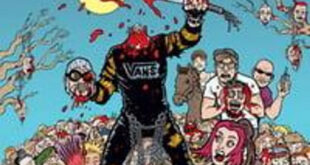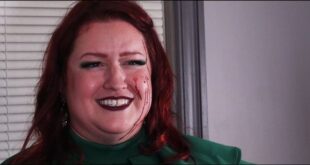Recently I conducted a 24 hour survey on SCREAM sequels, asking Twitter their favorite. An overwhelming majority mentioned Scream 2 as their favorite (our writer, Jason, seems to agree). The least favored, however? Scream 3 by a harsh difference. So it’s fair to say it’s not popular. However, I want to try and show that there is plenty salvageable in the sequel (almost) nobody likes!

Now, before I get going, I know, I know. The first response is, Chris, Gail Weathers’ haircut… how can you claim anything associated with that is any sort of quality? Well, to be honest, I can’t fault you. But personally, I think that is between the Hair and Makeup person and their god. One day they will have to answer for it, and I’m no Saint Peter. But in all seriousness, I know this is definitely not popular, honestly not even in the top half of the franchise, so “good” may even be a tenuous description. However, something about this strange mix oddly interests me to the point it even appeals.
:max_bytes(150000):strip_icc():focal(682x0:684x2):format(webp)/courtney-cox-scream-bangs-e915765f845543939ac3c491845aa03f.jpg)
Sex, Power, and “the Narrative” in Hollywoodland.
Looking at the opening scene: is this the first time we’ve had nudity in Scream? Yeah, it’s just a butt, but the commentary on sexual harassment and exploitation in the industry is THE major thematic talking point…
Yeah, sex has been a part of the franchise since the start; this is a slasher series, and since Friday the 13th, horny teens had become a staple. Both the screenwriter and Lance Henriksen’s obvious Harvey Weinstein surrogate barely work to conceal their use of “favors” and casting couches. Said character even goes as far to describe the death of one of many victims:
“Nothing happened to her that she didn’t invite in one way or another, no matter what she said afterward… You wanna get ahead in Hollywood, you gotta play the game; or go home.”
The sheer guts for Wes Craven to create a character clearly mirroring Weinstein, then name him John Milton, after the author of perhaps the most widely familiar story of the Devil is remarkable.
There’s also the tying of the bow, so to speak, on the conversation of truth and media narrative. Maureen Prescott has really been a device to serve the plot and Sidney’s backstory for the majority of the original trilogy. However, if you pay attention to what’s being said, there is a lot of victim blaming going on, with unsubtle bursts of slut shaming. In the first Scream, it’s revealed she wasn’t raped by Cotton Weary, and instead was having an affair. Billy Loomis blamed the divorce of his parents on Maureen, denying the responsibility his father would have had in the equation as well. All this is added on top of Scream 3‘s reveal, that Maureen was coerced, abused, and passed around cruelly by producers trying to take advantage of her desire for fame.
Wherever she went, Maureen was hurt by false narratives others would put on her, all while she was trying her best. Her career dreams just led to pain and abuse by people she thought would help elevate her, a son born from assault she was not ready for or consented to, and back in her time in Woodsboro, where she would spend all but two years of her life; she was treated like a homewrecker and philanderer. Even after her death, the popular sensationalized media, especially true crime outlets (including Gail Weathers herself) played up the dramatic elements for a more interesting story than seeking the truth of who Maureen was as a person. In a film series often repeating the same beats and character archetypes, Maureen was the centerpiece of a theme Wes Craven definitely wanted to discuss.
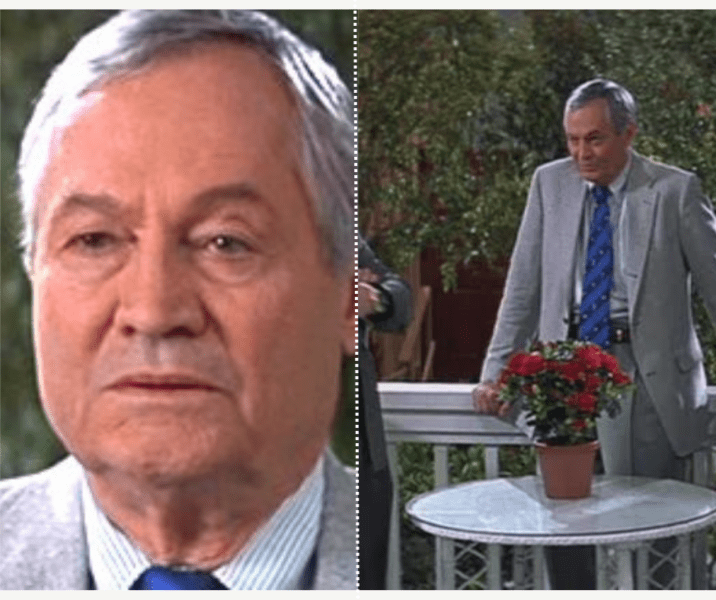
Roger Corman: A Tip of the Hat from one Legend to Another.
There’s no doubt Craven is a legend himself, but Roger Corman is an absolute legend of sci-fi and horror. From Vincent Price’s Poe adaptations to inspiring the names of eccentric rap/pop, Roger Corman himself’s reach may not be as front facing as it used to be, but it’s massively influential, and Craven giving him a solid cameo in the beginning is greatly appreciated.
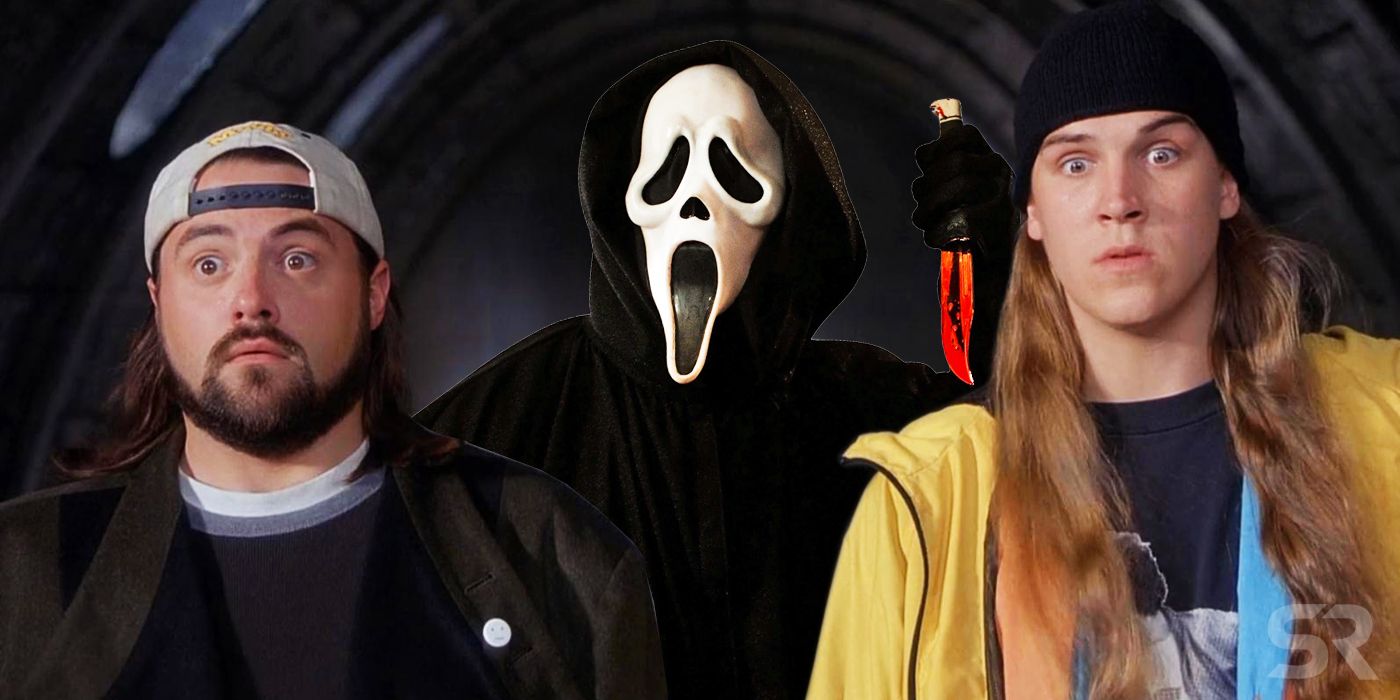
Direct Confirmation the Scream Universe is the Same as the Askewniverse.
Jay and Silent Bob are touring the studio of the latest Stab flick (3, because obviously) in an early scene. They’re not cosplayers or Mewes and Smith themselves. Jay makes a traditionally crass pass at Gail Weathers, and Silent Bob, well, does his elevated mime schtick.
Wonderfully Bizarre Tone that Feels like Craven was Intentionally Taking the Piss.
From the OTT action hero depiction of the opening with Cotton Weary (Liev Schrieber – Scream 1 and 2) – now the defiant everyman hero – to Sarah (Jenny McCarthy) being used by Craven as hipsterly mocking what presumably was a boom in surface level presentation as master of both trivia and quantity/quality films being watched:
“Come on, a shower scene? It’s been done before, I mean, come on, Vertigo?”
to the magic voice changer that even modern tech hasn’t caught up to (and the killer updates via fax), he had to know. Add that to the Sidney Prescott PTSD dream sequence which feels a bit Raimi and a bit Argento with its very surreal nature and surprisingly poppy colors, the tone is just up and down and all over the place. There are important themes within, but the execution is all over the place, for better and worse.
It may not be the best Scream sequel by any means, but I hope that you, dear readers, have enough to reconsider it as the worst. What do you think? Yay or nay? Sound off in our comments and our Twitter!
 PopHorror Let's Get Scared
PopHorror Let's Get Scared
